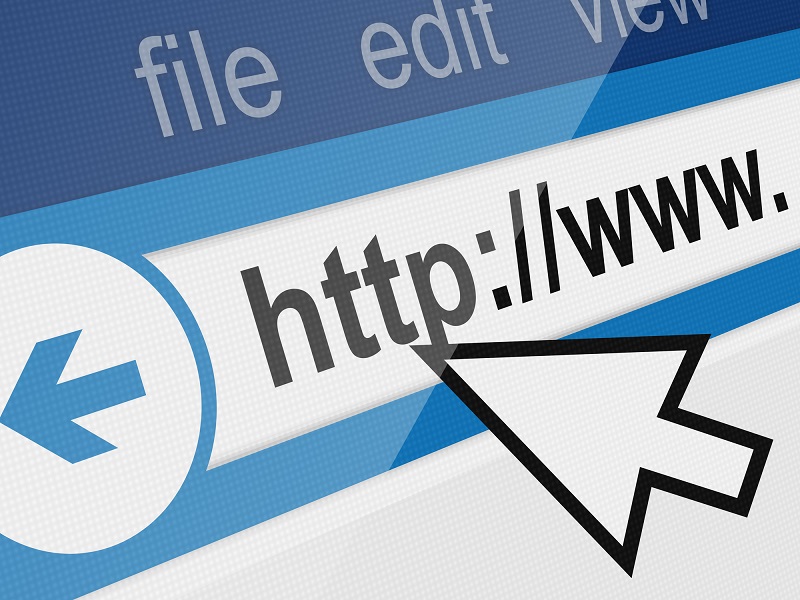
I. Introduction
II. What is link shortening?
III. Benefits of using link shortening for SEO
IV. How to shorten a link
V. Best practices for using link shortening
VI. Common mistakes to avoid
VII. How to track shortened links
VIII. How to use link shortening for paid search
IX. How to use link shortening for social media
X. FAQ
| Feature | Description |
|---|---|
| Link shortening | The process of converting a long URL into a shorter, more memorable one. |
| Search engine optimization | The process of optimizing a website or web page so that it ranks higher in search engine results pages (SERPs). |
| Website traffic | The number of visitors who visit a website. |
| Click-through rate | The percentage of people who click on a link after seeing it. |
| Keyword research | The process of identifying the keywords that people use to search for information online. |
II. What is link shortening?
Link shortening is the process of converting a long, complex URL into a shorter, more memorable one. This can be done using a variety of online tools and services. There are a number of benefits to using link shortening for SEO, including: Improved click-through rate (CTR). Shorter URLs are easier to read and remember, which can lead to higher click-through rates on your website. Reduced bounce rate. When users click on a long, complex URL, they may be more likely to abandon the page if it takes too long to load. Shorter URLs can help to improve your bounce rate by reducing the amount of time it takes for users to reach your content. Increased social media engagement. Shorter URLs are more likely to be shared on social media, which can help to increase your website traffic. Improved keyword research. When you use a link shortening service, you can track the performance of your shortened links and see which keywords are driving the most traffic to your website. This information can be used to improve your keyword research and optimize your website for search engines.
III. Benefits of using link shortening for SEO
There are a number of benefits to using link shortening for SEO, including:
- Shorter URLs are more memorable. When users see a long, unwieldy URL, they are less likely to remember it and click on it. Shortened URLs are easier to remember, which can lead to increased click-through rates.
- Shortened URLs can help you track your traffic. When you use a link shortening service, you can track the number of clicks that each shortened link receives. This information can be used to optimize your website for paid search and social media.
- Shortened URLs can help you prevent your website from being penalized by Google. Google has a policy against using keyword-rich URLs. If your website has too many long, keyword-rich URLs, it may be penalized by Google in its search results. Using link shortening can help you avoid this problem.
IV. How to shorten a link
There are a number of ways to shorten a link. You can use a free link shortening service, such as Bitly or TinyURL, or you can use a paid link shortening service, such as Google URL Shortener or Ow.ly.
To shorten a link using a free link shortening service, simply go to the website of the service and enter the long URL you want to shorten. The service will then generate a shortened URL for you.
To shorten a link using a paid link shortening service, you will need to create an account with the service. Once you have created an account, you can enter the long URL you want to shorten and the service will generate a shortened URL for you.
Once you have a shortened URL, you can use it to share your content on social media, in email, or in your website. When someone clicks on the shortened URL, they will be redirected to the long URL you specified.
V. Best practices for using link shortening
Here are some best practices for using link shortening for SEO:
- Use a reputable link shortening service that is trusted by Google.
- Use descriptive, keyword-rich titles for your shortened links.
- Include your shortened links in your social media posts, email marketing campaigns, and other marketing materials.
- Track the performance of your shortened links to see which ones are driving the most traffic to your website.
- Use link shortening as a way to track conversions from your marketing campaigns.
By following these best practices, you can improve the SEO of your website and drive more traffic to your website pages.
6. Common mistakes to avoid
When using link shortening, it is important to avoid making common mistakes that can negatively impact your SEO. Here are a few things to keep in mind:
- Don't use link shortening services that are blacklisted by Google.
- Don't use link shortening services that add tracking parameters to your URLs.
- Don't use link shortening services that change the anchor text of your links.
- Don't use link shortening services that redirect your users to a different domain.
By following these tips, you can help ensure that your shortened links are not negatively impacting your SEO.
VII. How to track shortened links
Once you have shortened a link, you can track its performance using a variety of tools. Here are a few of the most popular options:
- Bitly Analytics: Bitly offers a free analytics tool that allows you to track the number of clicks on your shortened links, as well as the source of those clicks.
- Google Analytics: If you already use Google Analytics, you can track your shortened links by adding the UTM parameters to the end of the URL.
- Slickdeals Link Tracker: Slickdeals Link Tracker is a free tool that allows you to track the number of clicks on your shortened links, as well as the referring website.
By tracking your shortened links, you can see which ones are driving the most traffic to your website and make adjustments to your marketing strategy accordingly.
How to use link shortening for paid search
Paid search is a great way to drive traffic to your website, but it can be expensive. One way to save money on paid search is to use link shortening. By shortening your links, you can reduce the amount of characters that are included in your paid search ads. This can help you to increase your click-through rate (CTR) and improve your return on investment (ROI).
To use link shortening for paid search, simply create a shortened link for each of your paid search ads. Then, use the shortened links in your ad creatives. When someone clicks on your ad, they will be directed to the long URL that you specified when you created the shortened link.
Here are some tips for using link shortening for paid search:
- Use a reputable link shortening service. There are many different link shortening services available, so it's important to choose one that is reputable and trustworthy.
- Make sure your shortened links are relevant and easy to remember. Your shortened links should be relevant to the content of your ad and easy for users to remember.
- Track the performance of your shortened links. It's important to track the performance of your shortened links so that you can see which ones are driving the most traffic to your website.
- Use link shortening in conjunction with other paid search optimization techniques. Link shortening is just one of many paid search optimization techniques that you can use to improve your results. Make sure to use link shortening in conjunction with other techniques, such as keyword research, ad copywriting, and bidding strategies.
By following these tips, you can use link shortening to improve your paid search results and drive more traffic to your website.
IX. How to use link shortening for social media
Link shortening can be a valuable tool for promoting your content on social media. By using a link shortener, you can create shorter, more memorable URLs that are easier to share on social media platforms. You can also track the performance of your shortened links to see which ones are driving the most traffic to your website.
Here are a few tips for using link shortening for social media:
- Use a branded link shortener. This will help you to track the performance of your shortened links and to protect your brand from being associated with malicious websites.
- Create short, memorable URLs. Your shortened URLs should be easy to type and remember.
- Use descriptive titles for your shortened links. This will help users to understand what the link is about and to decide whether or not to click on it.
- Track the performance of your shortened links. This will help you to see which links are driving the most traffic to your website and to optimize your social media marketing efforts.
By following these tips, you can use link shortening to improve the effectiveness of your social media marketing campaigns.
FAQ
Q: What is link shortening?
A: Link shortening is the process of creating a shorter, more memorable URL for a longer web address.
Q: What are the benefits of using link shortening for SEO?
A: Link shortening can help improve your SEO by:
- Making your links more readable and easier to share
- Preventing your links from being truncated in search results
- Improving the click-through rate (CTR) of your links
Q: How to shorten a link?
A: There are many different ways to shorten a link. Some of the most popular methods include:
- Using a link shortener service, such as Bitly or TinyURL
- Adding a "short URL" parameter to your website's URL structure
- Using a custom domain name for your shortened links


